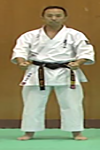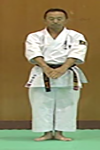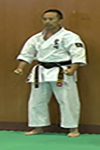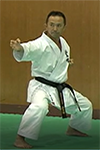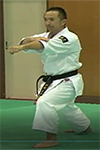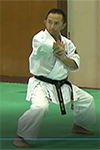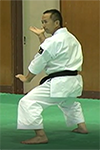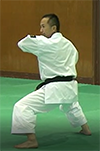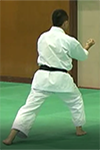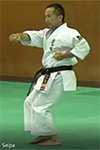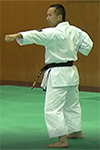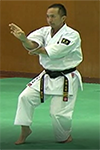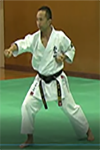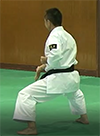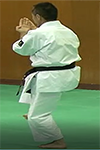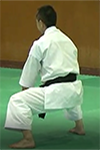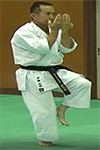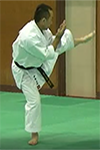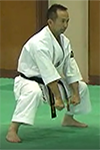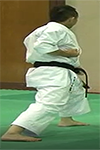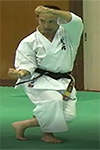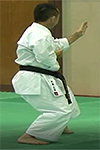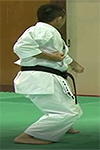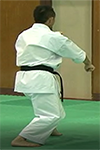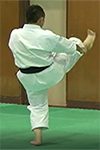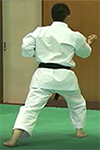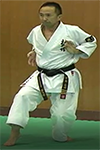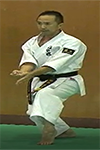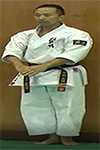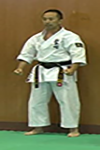Seipai - 十八手
The true meaning of a Kata becomes clear, when one learns the application of its
Known as the
Seipai - 十八手
video
instructions
Video
source Youtube
Documentation
Kihon Waza
Dachi Waza
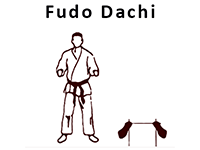 Fudo Dachi
Fudo Dachi
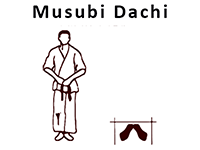 Mosubi Dachi
Mosubi Dachi
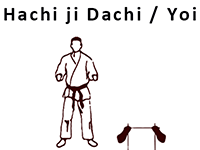 Joi Dachi
Joi Dachi
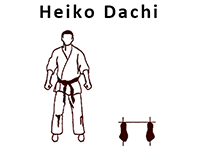 Heiko Dachi
Heiko Dachi
 Kiba Dachi
Kiba Dachi
 Zenkutsu Dachi
Zenkutsu Dachi
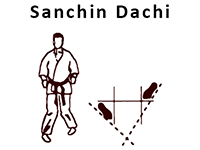 Sanchin Dachi
Sanchin Dachi
 Neko Ashi Dachi
Neko Ashi Dachi
 Tsuri Ashi Dachi
Tsuri Ashi Dachi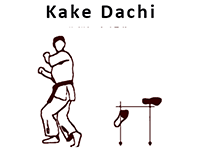 Kake Dachi
Kake Dachi Kokutsu Dachi
Kokutsu Dachi
Te Waza
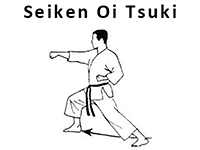 Seiken Chudan Oi Tsuki
Seiken Chudan Oi Tsuki
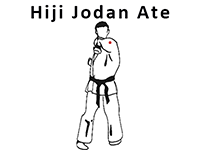 Hiji Jodan Ate
Hiji Jodan Ate
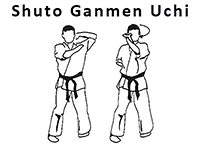 Shuto Ganmen Uchi
Shuto Ganmen Uchi
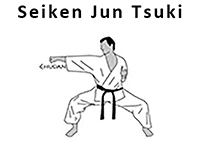 Seiken Chudan Jun Tsuki
Seiken Chudan Jun Tsuki
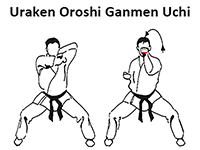 Uraken Oroshi Ganmen Uchi
Uraken Oroshi Ganmen Uchi
 Shuto Hizo Uchi
Shuto Hizo Uchi
 Chudan Morote Tsuki
Chudan Morote Tsuki
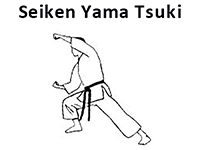 Seiken Yama Tsuki
Seiken Yama Tsuki
 Seiken Gedan Oi Tsuki
Seiken Gedan Oi Tsuki
Uke Waza
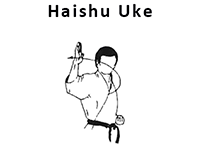 Chudan Haishu Uke
Chudan Haishu Uke
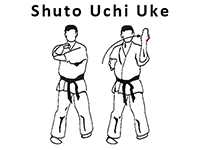 Shuto Uchi Uke
Shuto Uchi Uke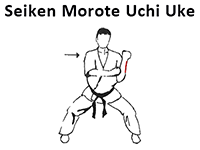 Morote Seiken Uchi Uke
Morote Seiken Uchi Uke
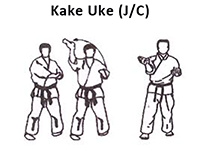 Kake Jodan Uke
Kake Jodan Uke
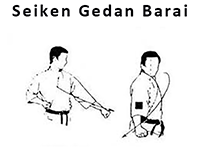 Seiken Gedan Barai
Seiken Gedan Barai
 Shuto Mawashi Uke
Shuto Mawashi Uke
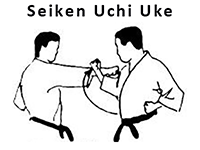 Seiken Uchi Uke
Seiken Uchi Uke
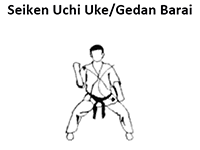 Seiken Uchi Uke / Gedan Barai
Seiken Uchi Uke / Gedan Barai
Geri Waza
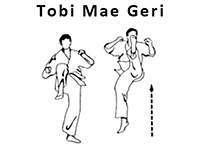 Tobi Mae Geri
Tobi Mae Geri
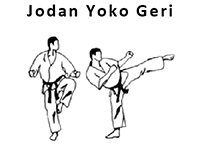 Jodan Yoko Geri
Jodan Yoko Geri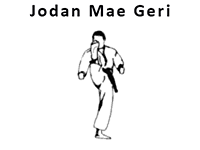 Jodan Mae Geri
Jodan Mae Geri
Kihon Jutsugo
Kamae - 構え, means posture or base. Kamae is to be differentiated from the word Dachi - 立ち. Dachi refers to the position of the body from the waist down, Kamae refers to the posture of the entire body, as well as encompassing one's mental readiness.Kamae
Mokusō - 黙想, means meditation, part of the training of mushin; the call to meditate.Mokuso
Hajime - 始め, means begin.Hajime
Spirit unification; the union of breath and energry in a cry.Kiai
Taken from Kendo. With the body turned half away both fists are hidden (like the sword), The HIKITE fist under and on top the other in Tettsui position.Waki no Kamae
Ibuki is karate’s hard breathing method. Ibuki breathing is a study of tension, which is necessary to truly understand relaxation. While ibuki breathing serves as a dynamic tension exercise, its true value is ki development, since it teaches the breathing control necessary for kiai. Ibuki breathing is performed in two ways, one long, and one short. Ibuki
Hikite - 引き手 means drawing hand: Hiku - 引き, to draw or pull, and Te - 手, the hand.Hikite
Foot sweep. Ashi Barai
Naore - 直れ, is a command to go back into the beginning Kamae.Naore
Yasumi - 休み, is a command to rest or relax.Yasume
